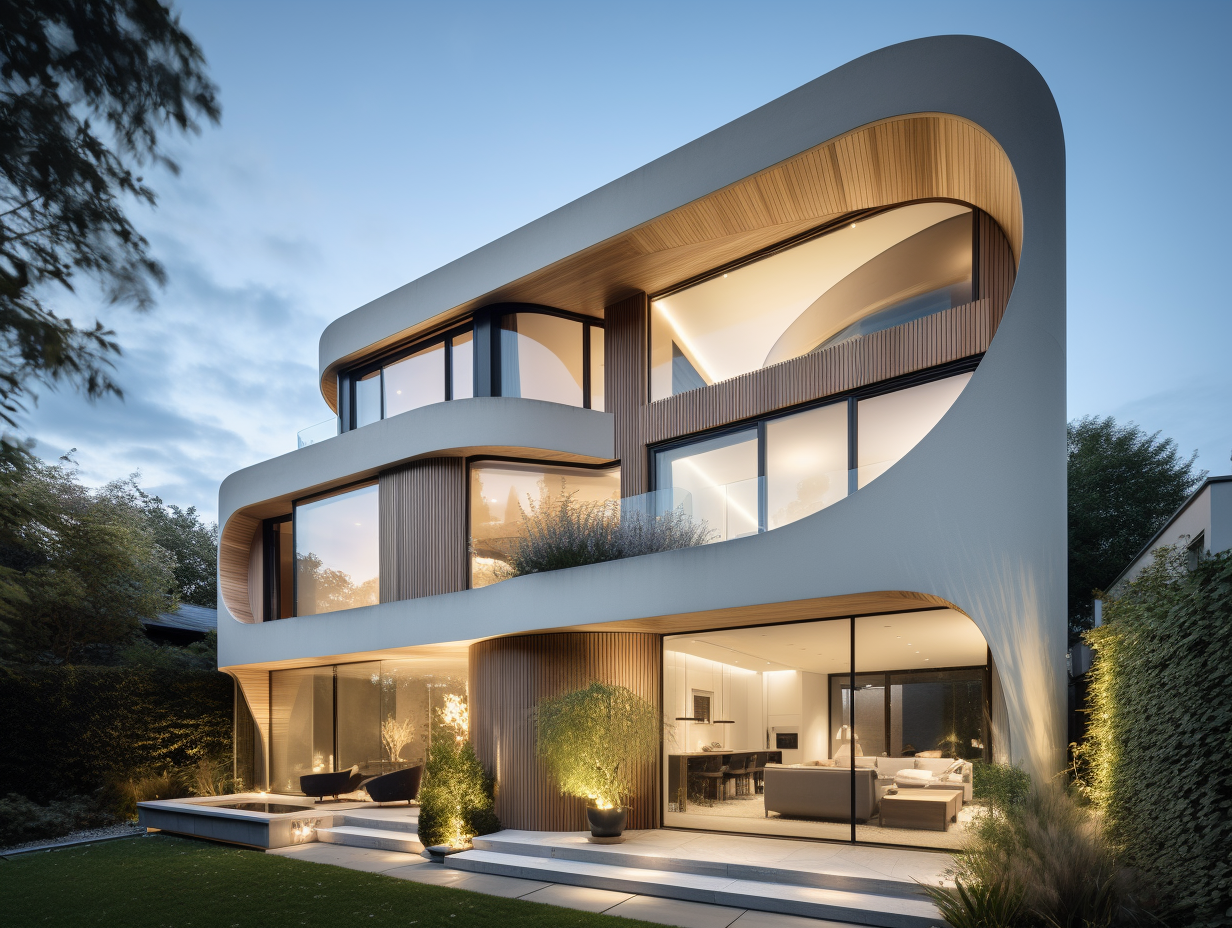Exactly How CDA Architects Incorporate Creativity and Performance in Modern Style
Exactly How CDA Architects Incorporate Creativity and Performance in Modern Style
Blog Article
The Vital Role of an Engineer in Shaping Sustainable Urban Settings for Future Generations
The duty of a designer in crafting sustainable metropolitan atmospheres is significantly pivotal in responding to the difficulties of climate modification and urbanization. By flawlessly integrating ecological concepts into their designs, designers not only improve the visual and functional top quality of metropolitan rooms yet also address pressing issues such as power efficiency and social equity.
Comprehending Sustainable Urban Layout
Sustainable urban style integrates environmental concepts with urban preparation to create settings that are not only comfortable but likewise resistant. This technique emphasizes the value of incorporating natural systems into the city textile, ensuring that development fulfills the needs of today without endangering the capability of future generations to satisfy their own requirements. Trick components of lasting metropolitan style consist of effective land use, the promo of biodiversity, and the assimilation of green rooms, every one of which contribute to improved quality of life for homeowners.
Furthermore, lasting city layout focuses on the decrease of the city warmth island effect, enhanced air top quality, and reliable stormwater management. It encourages making use of renewable energies and energy-efficient structure techniques, which dramatically reduced carbon impacts. Sustainable urban layout cultivates social equity by developing easily accessible public areas and promoting mixed-use developments that cater to varied populaces.
With thoughtful planning and innovative design methods, lasting city atmospheres can improve area resilience against environment adjustment while fostering financial advancement. This alternative technique not just addresses immediate urban obstacles but likewise lays the groundwork for much healthier, much more sustainable cities for generations to come.
Key Responsibilities of Designers
Engineers play a crucial duty in forming lasting metropolitan environments by equating design concepts into substantial structures and spaces. Their duties incorporate a large range of activities that add to the overall success of urban layout projects.
First and leading, designers perform extensive website analyses to recognize the environmental, social, and cultural context of their jobs. This foundational knowledge informs their style choices, making sure that buildings balance with their environments. They also take part in joint processes with stakeholders, consisting of city organizers, designers, and the community, fostering a comprehensive method to metropolitan growth.
Additionally, engineers are tasked with creating styles that maximize power effectiveness, source conservation, and capability. They must comply with local zoning legislations, developing codes, and sustainability accreditations, guaranteeing conformity while pushing the boundaries of development.

Ingenious Materials and Techniques
In the search of environmentally accountable style, innovative materials and strategies have actually arised as vital aspects in the creation of lasting metropolitan atmospheres. Architects are increasingly making use of products that minimize environmental influence while boosting energy effectiveness. For click now instance, recycled materials, such as recovered timber and repurposed steels, not only reduce waste however additionally add distinct aesthetic top qualities to frameworks.
Furthermore, innovations in modern technology have actually led to the growth of high-performance products, such as insulated concrete types (ICFs) and solar glass, which add to energy preservation and harness eco-friendly energy. Methods such as passive solar design and environment-friendly roof coverings better exhibit just how style can integrate with all-natural systems, decreasing dependence on fabricated heating & cooling.
Moreover, the integration of smart materials, which adapt to environmental changes, provides encouraging methods for boosting structure efficiency - cda architects. These materials can react to temperature level fluctuations or wetness degrees, maximizing convenience and sustainability
Ultimately, the calculated choice and application of cutting-edge materials and strategies encourage designers to produce city rooms that are not only useful and aesthetically pleasing however likewise resistant and eco accountable, making sure a sustainable future for generations to find.
Area Engagement and Cooperation
The success of cutting-edge materials and methods in lasting city architecture is significantly enhanced by energetic area engagement and partnership. Engineers should acknowledge that the constructed environment profoundly impacts the lives of local residents, making it crucial to involve them in the style procedure. Engaging the area promotes a feeling of ownership and liability, making certain that growths not just fulfill aesthetic and practical requirements however likewise reflect the values and goals of those that inhabit them.

Effective community engagement likewise aids in prioritizing social equity within metropolitan growth. By thinking about try this website the voices of marginalized populaces, architects can produce rooms that are inclusive and equitable. By doing this, neighborhood engagement and partnership end up being indispensable to achieving truly sustainable metropolitan settings that offer the needs of current and future generations.
Future Trends in Sustainable Design

In addition, innovations in modern navigate to this site technology are forming future patterns in lasting design. The assimilation of clever materials and building systems permits real-time power management, boosting effectiveness and lowering carbon impacts. Innovations such as eco-friendly roofings, living wall surfaces, and energy-generating facades are coming to be typical practices, further advertising ecological equilibrium within city environments.
Additionally, a shift towards biophilic style is obtaining traction, emphasizing the connection in between nature and human well-being. By incorporating natural environments, architects produce areas that promote psychological wellness while advertising biodiversity.
Verdict
In conclusion, architects are critical in progressing lasting city settings via their expertise in design, innovative materials, and community engagement. By prioritizing energy effectiveness and resource conservation, these experts contribute to the creation of resilient metropolitan areas that fulfill the demands of present and future generations - cda architects. The integration of eco-friendly concepts not only improves livability but additionally fosters social equity, making certain developments resonate with the values and aspirations of the communities they offer
Report this page